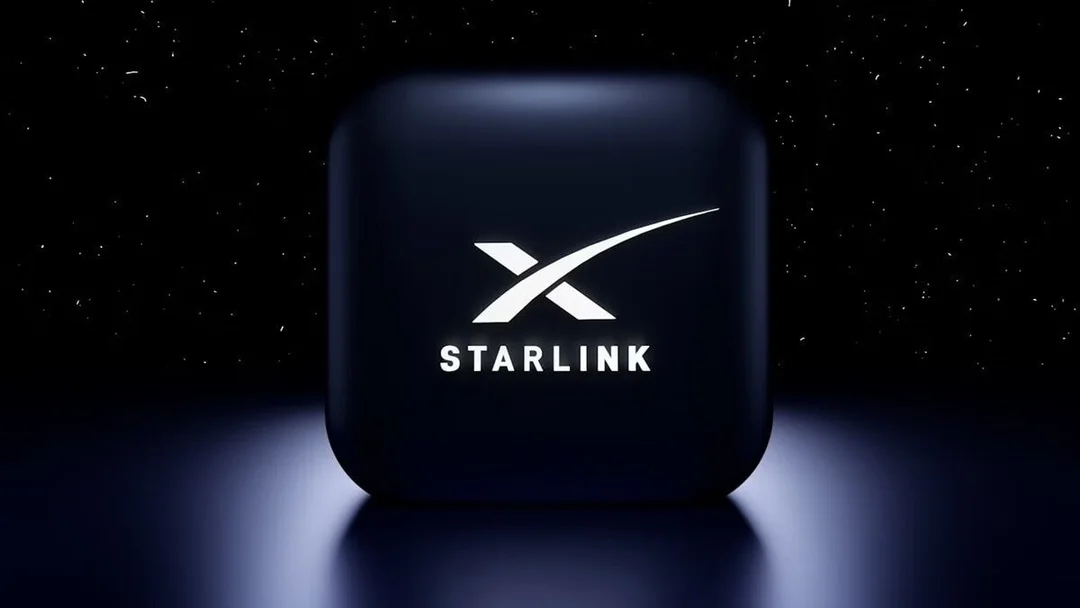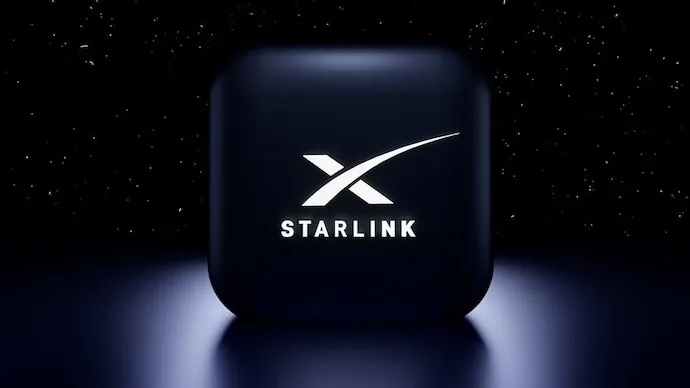
Starlink Inches Closer to India Launch: Regulatory Hurdles and Market Potential
After years of anticipation, Starlink, Elon Musk's satellite internet venture, is finally poised to launch in India. The Department of Telecommunications has granted preliminary approval, marking a significant step towards entering the world's second-largest internet market. However, the road to full operation remains paved with regulatory compliance and competitive challenges.
This development follows a period of setbacks, including a 2022 reprimand for offering services without proper licenses. "Yes, Starlink has been issued LoI by the Dot for GMPCS, VSAT and ISP licences in India," a government official told Moneycontrol. The company was forced to refund preorders after the government objected to "booking/rendering the satellite internet service" before securing necessary permissions. But as CNBC-TV18 reports, the Indian government has agreed to a conditional nod for SpaceX's Starlink to start offering satellite-based internet services in the country".
Regulatory Landscape
To fully launch, Starlink must demonstrate compliance with licensing requirements and secure clearance from India's space regulator, IN-SPACe. New Delhi has published its rules for Global Mobile Personal Communication by Satellite (GMPCS) operators to set clear security guidelines for companies. These rules include provisions for content censorship and traffic interception, mirroring those applied to terrestrial network operators. SpaceX will also need clearance from India’s space regulator, Indian National Space Promotion and Authorization Centre (IN–SPACe), to enable its satellite-based communication services.
Market Opportunity
India presents a tantalizing market for Starlink, with a population exceeding 1.4 billion but only around 950 million internet subscribers. This vast untapped potential makes India a key target for companies offering alternative internet connectivity solutions. Securing just 1% of India's consumer broadband market could yield almost $1 billion annually for SpaceX.

Competition and Partnerships
Starlink won't be alone in the Indian satellite internet arena. OneWeb (backed by Airtel) has already secured approvals from IN-SPACe, while Jio SpaceFiber (a joint venture between Reliance Jio and SES) holds approvals from both DoT and IN-SPACe. Amazon's Kuiper is also vying for approval to launch its services. Airtel and Reliance Jio announced their partnerships with SpaceX to launch Starlink’s high-speed internet service in the country.
Elon Musk recently announced plans to visit India this year. The visit could be an opportunity for the billionaire to oversee the progress of Tesla’s India operations in addition to Starlink’s rollout.
Potential Benefits and Technical Specifications
Starlink's satellite-based internet promises high-speed access in remote areas where traditional infrastructure is lacking. Early estimates suggest download speeds between 25 Mbps and 220 Mbps, with upload speeds ranging from 5 Mbps to 20 Mbps, and latency of 25 to 50 milliseconds. These speeds would support streaming, gaming, and video calls.
The approval of Starlink's rollout in India could be a step that could support broader trade talks with the US. For SpaceX, the rollout of its services in India could be worth billions.
The Starlink saga in India highlights the complex interplay of technology, regulation, and market forces. With preliminary approval secured, the focus now shifts to compliance and competition. Will Starlink successfully navigate the remaining hurdles and capture a significant share of the Indian internet market? What impact will this have on internet access and connectivity in remote regions of India? Share your thoughts in the comments below.